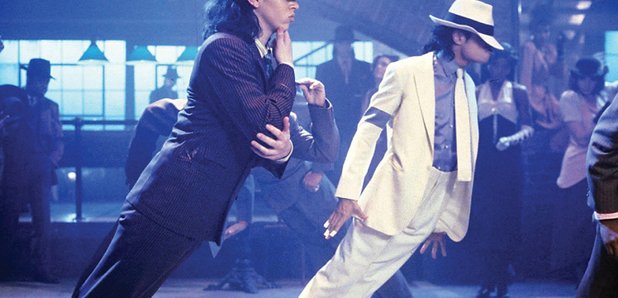Michael Jackson's 'Smooth Criminal' impossible dance move explained by doctors
22 May 2018, 12:32 | Updated: 22 May 2018, 12:37

It's one of the most iconic dance moves of all time.
So good in fact, that neurosurgeons have explained exactly how Michael Jackson achieved such impossible dance moves in his music video for 'Smooth Criminal'.
In the 1987 routine, Michael is seen leaning from the ankle at a 45 degree angle, despite keeping his body straight.
The illusion was created thanks to specially designed pair of shoes, but also the singer's core strength.
Spinal experts have warned others against attempting the move, as it should only be taken on by professionals.
Manjul Tripathi and colleagues from the Postgraduate Institute of Medical Education and Research in Chandigarh, India, say in the Journal of Neurosurgery: Spine: "Most trained dancers with strong core strength will reach a maximum of 25 to 30 degrees of forward bending while performing this action.
"MJ pulled off a gravity-defying 45 degree move that seems unearthly to any witness."
To attempt the 'Smooth Criminal' lean, there is a huge strain on the Achilles tendon in each ankle, rather than the erector spinae muscles of the back.
This means there is only a very limited degree of forward bend, even for someone with Michael's strong athletic build, said Assistant Prof Tripathi.
A v-shaped slit in the bottom of each of Michael's heels were slotted onto a strong nail or "hitch member" in the ground, which allows the dancer to pivot and lean even further forward.
Before his footwear invention, Michael had to use supporting cables and a harness around his waist to complete the illusion.
However, even with the specially designed footwear, and the support of the floor equipment, the move is still very hard to pull off, and requires athletic core strength from strengthened spinal and lower-limb muscles.
"Several MJ fans, including the authors, have tried to copy this move and failed, often injuring themselves in their endeavours," the experts added.
Dr Tripathi said: "The chances of injury to the ankle are significant. You need strong core muscles and good support around the ankle. It's not a simple trick."





















